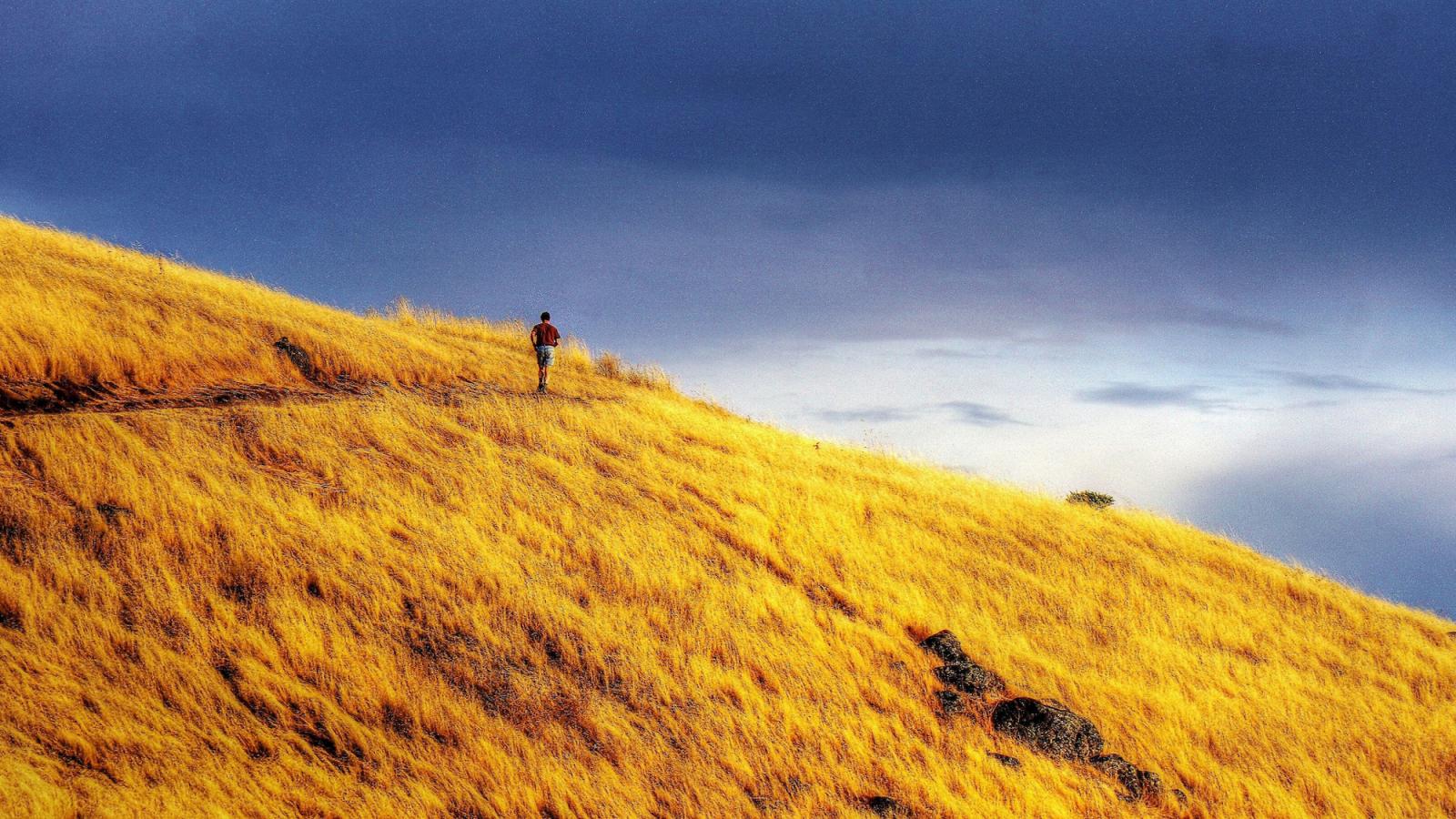A Message From the General Manager

General Manager
Recently, the Midpen board of directors received an update from staff on progress toward our goal of reducing our operational greenhouse gas emissions 20% by 2022 as compared to our 2016 baseline levels. Aided primarily by the change in commute patterns due the pandemic, we were able to exceed our goal, reducing emissions by 30%.
Doing our part to reduce our greenhouse gas emissions is just one of the ways Midpen is committed to buffering the reality of a changing climate to build a more resilient Bay Area. Our mission is centered on preserving the ecosystem benefits of our lands and maximizing green infrastructure to balance the needs of people with the other species with whom we share our space.
First, preserving large swaths of undeveloped open space lands provides a host of benefits from the start. Rainwater that isn’t diverted quickly away by concrete has time to be absorbed, recharging our groundwater systems and ensuring the clean water we all depend upon.
Trees and other plants are natural air filters, reducing harmful levels of pollution and carbon dioxide, the primary contributor to climate change in the past century. Grasses, trees and other vegetation on open space lands absorb carbon dioxide from the atmosphere, creating a “carbon sink” that stores greenhouse gas emissions that would otherwise contribute to climate change.
The hillside elevations and microclimates of our area offer refugia, allowing people, plants and animals to migrate and adapt to warming temperatures and rising sea levels. Once protected, connecting large swaths of open space lands provides a deeper benefit, allowing wildlife to move between habitat areas to find food and mates. Perhaps you’ve been following the discovery of Santa Cruz Kangaroo rats in Sierra Azul or the return of purple martin nesting pairs to Mount Umunhum? We’re learning more every year about how we can adaptively manage these lands for biodiversity.
The green infrastructure we build helps build resilience, too. Our Alpine Regional Trail Improvement Project not only reconnects communities on the valley floor to a vast ridgeline trail network, it also reduces erosion to lessen sediment in Corte Madera Creek.
Networks like Midpen’s 250 miles of trail for ecologically sensitive public enjoyment contribute significantly to human health and well-being, physically, of course, but mentally and emotionally, too. We depend on nature for more than we sometimes recognize.
Because even in a region that embraces electric vehicles, tailpipe emissions make up a large share of the greenhouse gas emissions that cause climate change, we’re working on projects to encourage alternative modes of transportation to get to Midpen trails. Our changing climate, including last winter’s record storms, provide important lessons that we are heeding to ensure our region remains resilient, healthy and thriving into the future.

